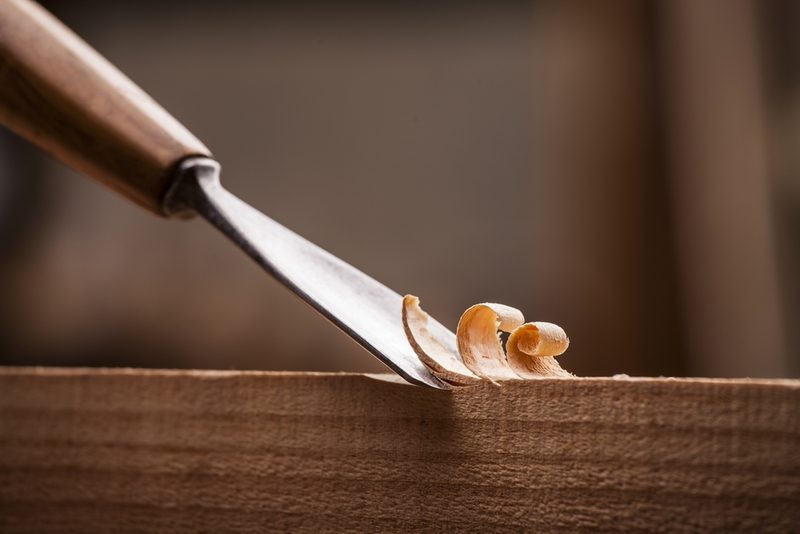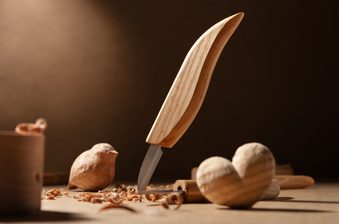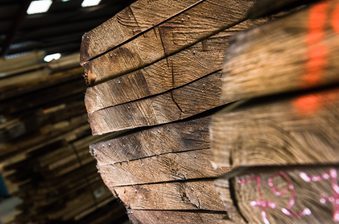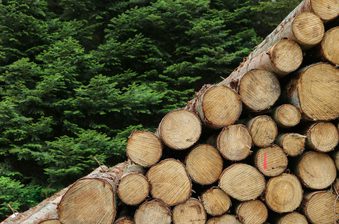Wood carving is one of the oldest hobbies we have, yet one of the most rewarding. There’s nothing quite like creating your own unique masterpiece — but what types of wood are the best for the job?
A good timber for carving should have a straight, uniform grain. This stops the wood splitting away when it’s being worked.
For beginners, don't look any further than basswood (also known as lime wood). It is soft, fine-grained and results in minimal splintering.
You can also see great results with woods like oak, walnut, cherry and maple. Particularly experienced wood carvers can even carve woods with an interlocking and irregular grain.
The type of wood you choose may also be influenced by your desired finish look and, of course, your budget. Exotic woods will naturally command a premium.
Basswood — best for beginners
Basswood (also known as lime wood) is the most popular type of wood for carving. This species should be near the top of your list, particularly if you're a beginner.
Extremely soft and crisp, lime wood is perfect for intricate carving and works exceptionally well with hand tools. This high workability is down to the wood’s very close grain structure; as we mentioned, species of timber with this are less likely to break away at the edges, resulting in a much smoother finish. With a pleasing light cream colour, lime is easy on the eye too.
Another beginner-friendly species is poplar (or tulipwood). Like basswood, it is soft and has a straight, uniform grain.
Experienced carvers may want to take a look at other types of wood, such as...
- Walnut — Popular for its gorgeous, rich, dark chocolate-brown colour and grain pattern. It also takes detail and carving tools well. Sitting at the higher end of the cost scale, makes an opulent statement.
- Cherry — Another impeccable wood for intricate designs. Like walnut, it requires more experience and sharper tools, but it has a straight, uniform grain and even texture. Those gorgeous pinkish-brown tones only add to its appeal and suitability for wood carving.
- Oak — Some species of oak, such as American oak, can take detail well, but beware of splintering.
- White ash — If you have a bit more wood carving experience and you’re looking to carve something at the paler end of the colour spectrum, consider ash. Its straight grain and creamy-white-to-light-brown colour make it a solid wood carving favourite.
- Maple — Despite being a tough timber, maple holds detail exceptionally well.
- Western red cedar — Cedar blanks are easy to come across, and the species has a lovely scent. However, it is quite loose and open-grained, which can make tearout an issue.
Staining or painting your finished piece can give your timber a certain desired aesthetic, but bear in mind the effect finishing may have on the timber.

Starting a carving project?
At our recently-refurbished Hobby Hall, you’ll find carving blocks in many species, shapes and sizes to get you started on your next project.
If you have any other queries for our team of timber experts, get in touch using the form below or through our contact page. If you’re nearby, then pay us a visit – we’re in just off the A1 near Ripon, North Yorkshire.







